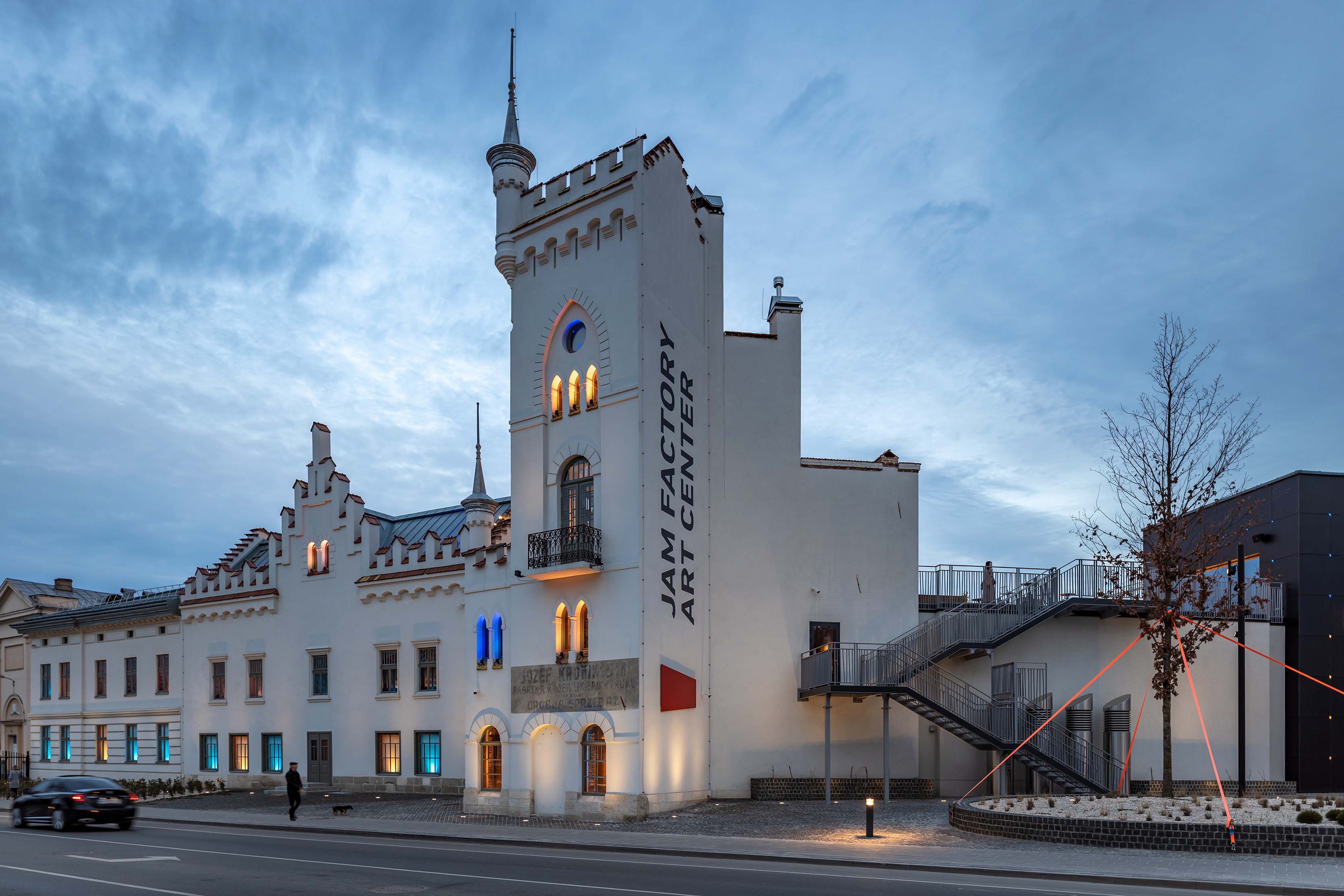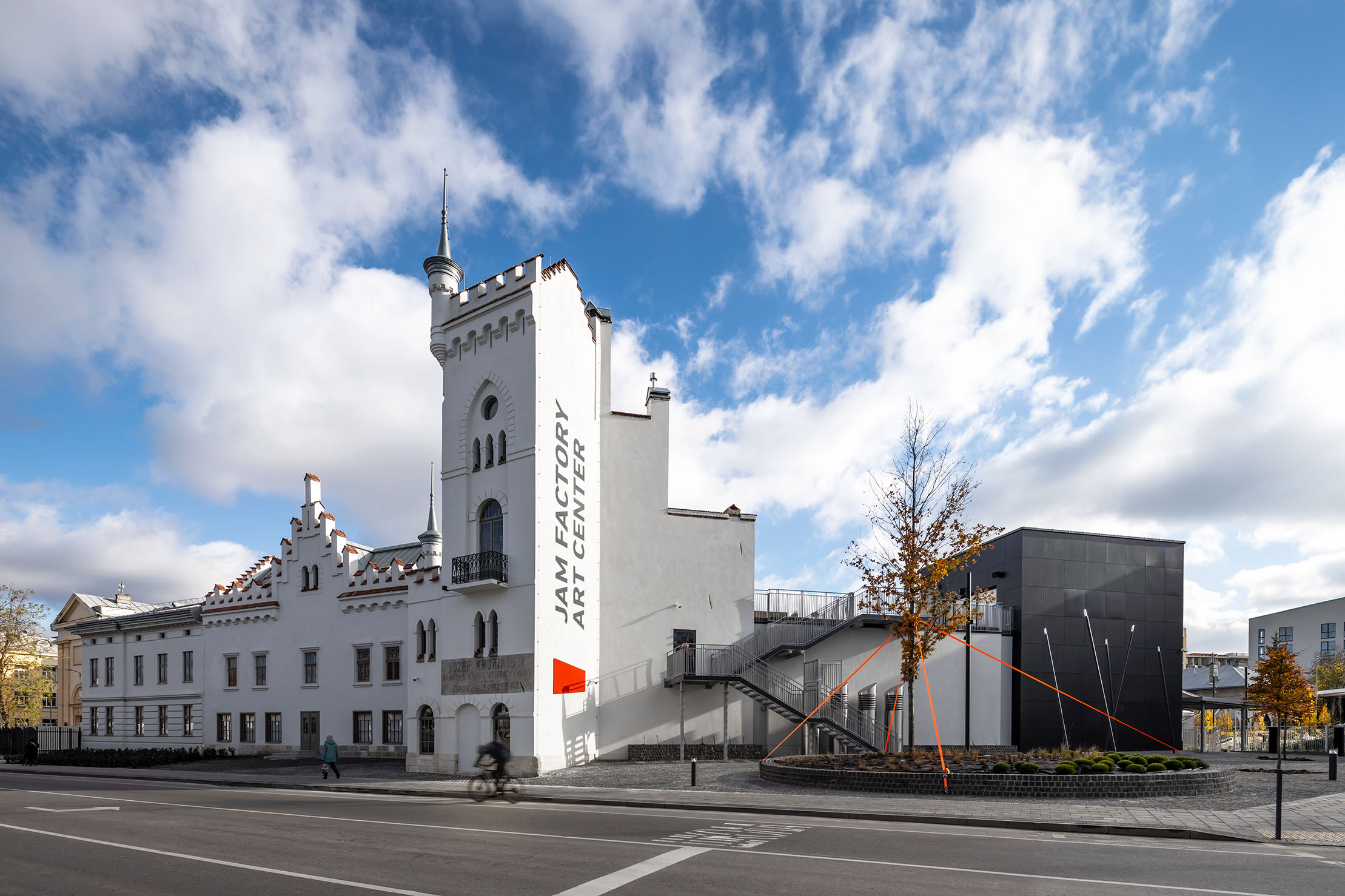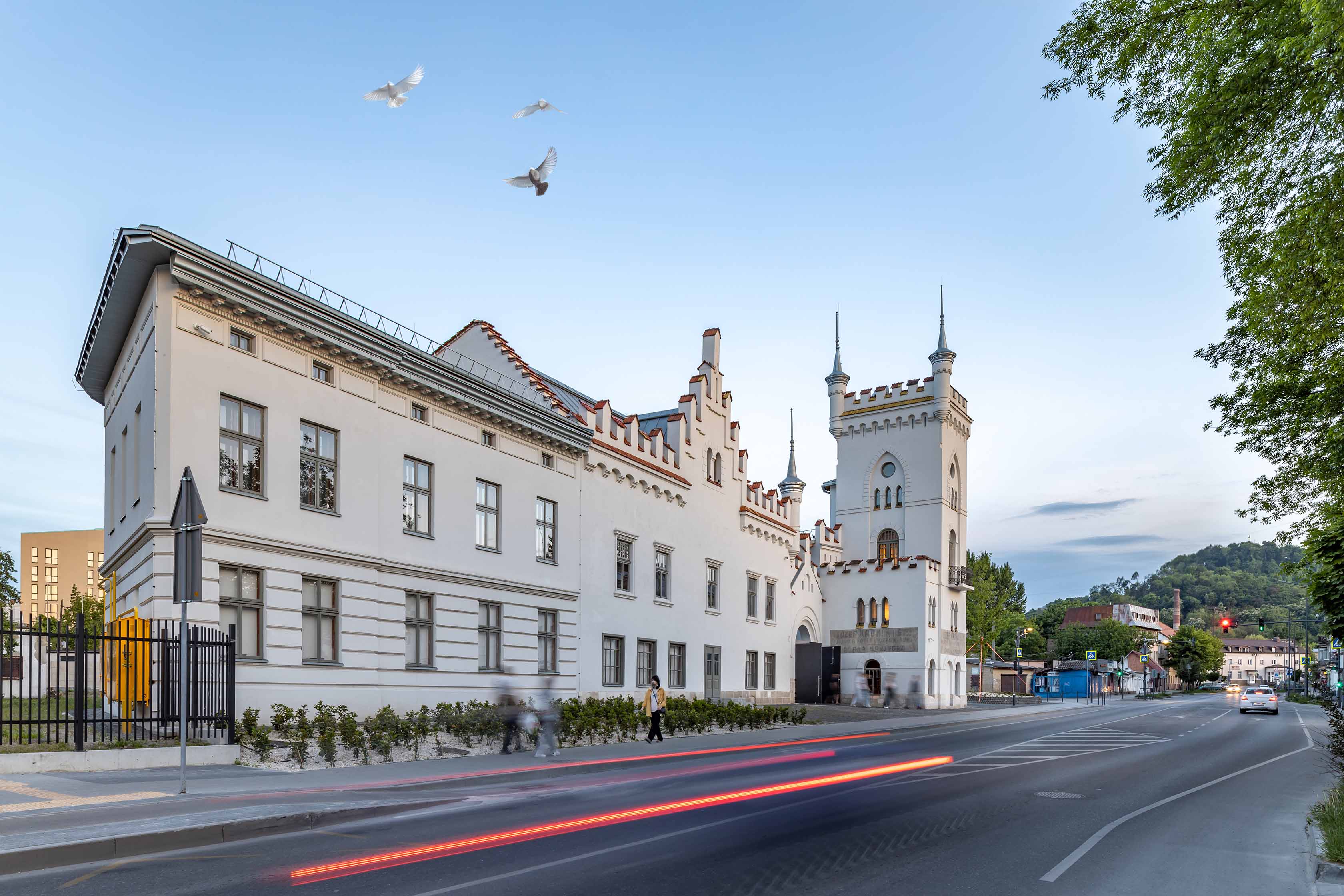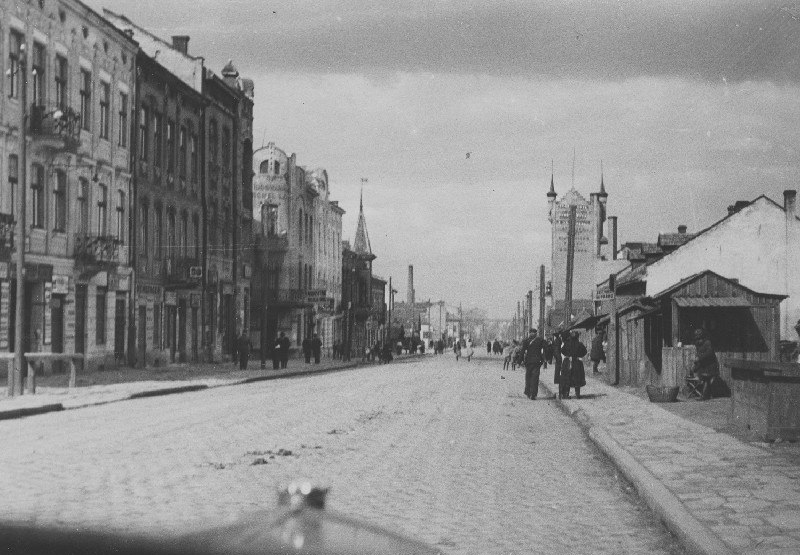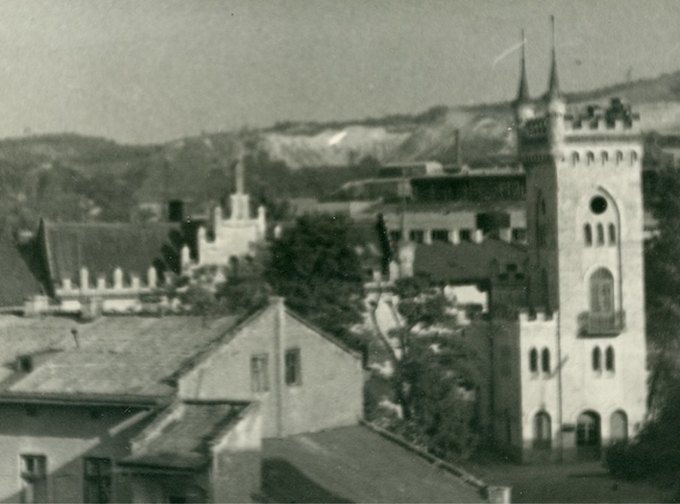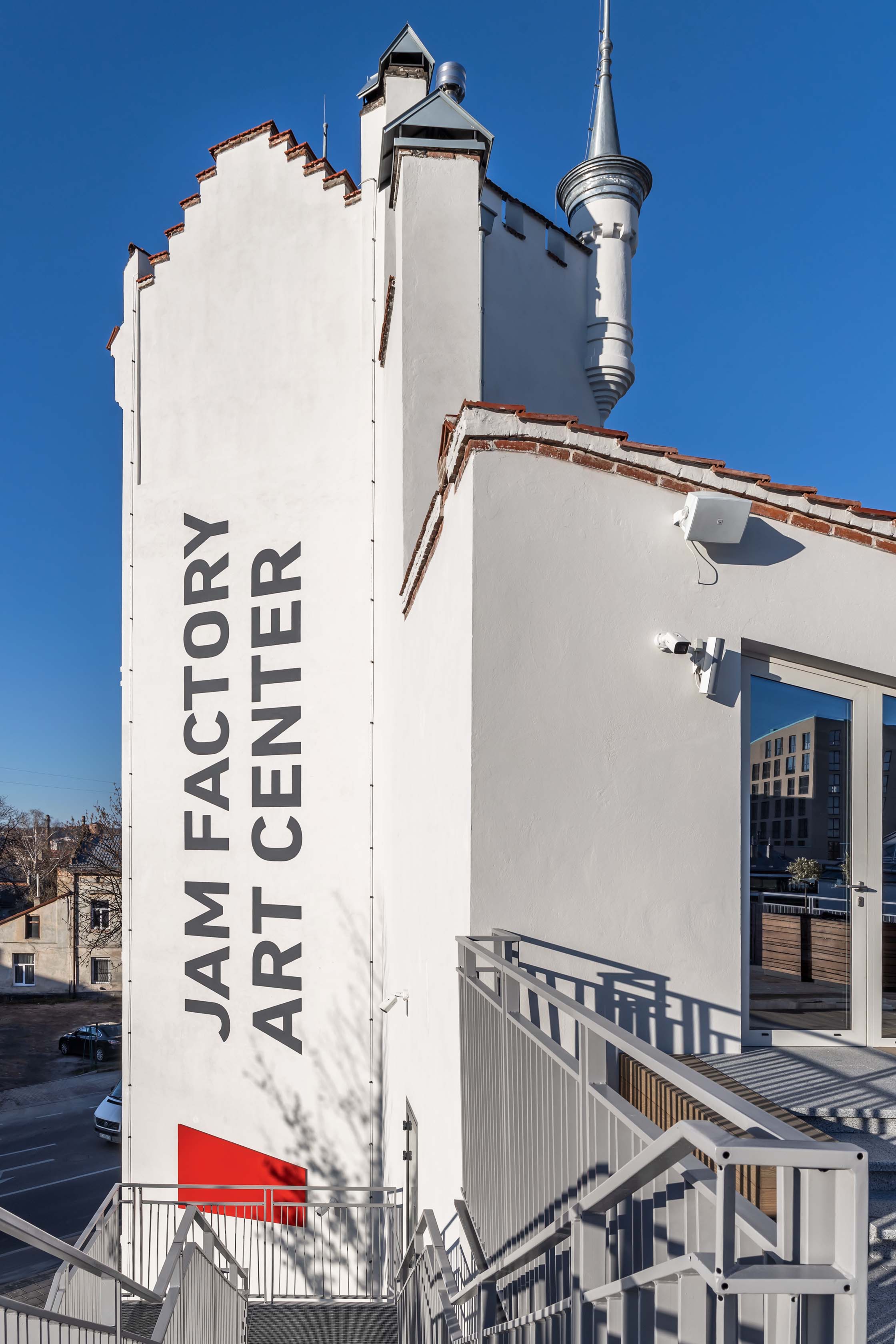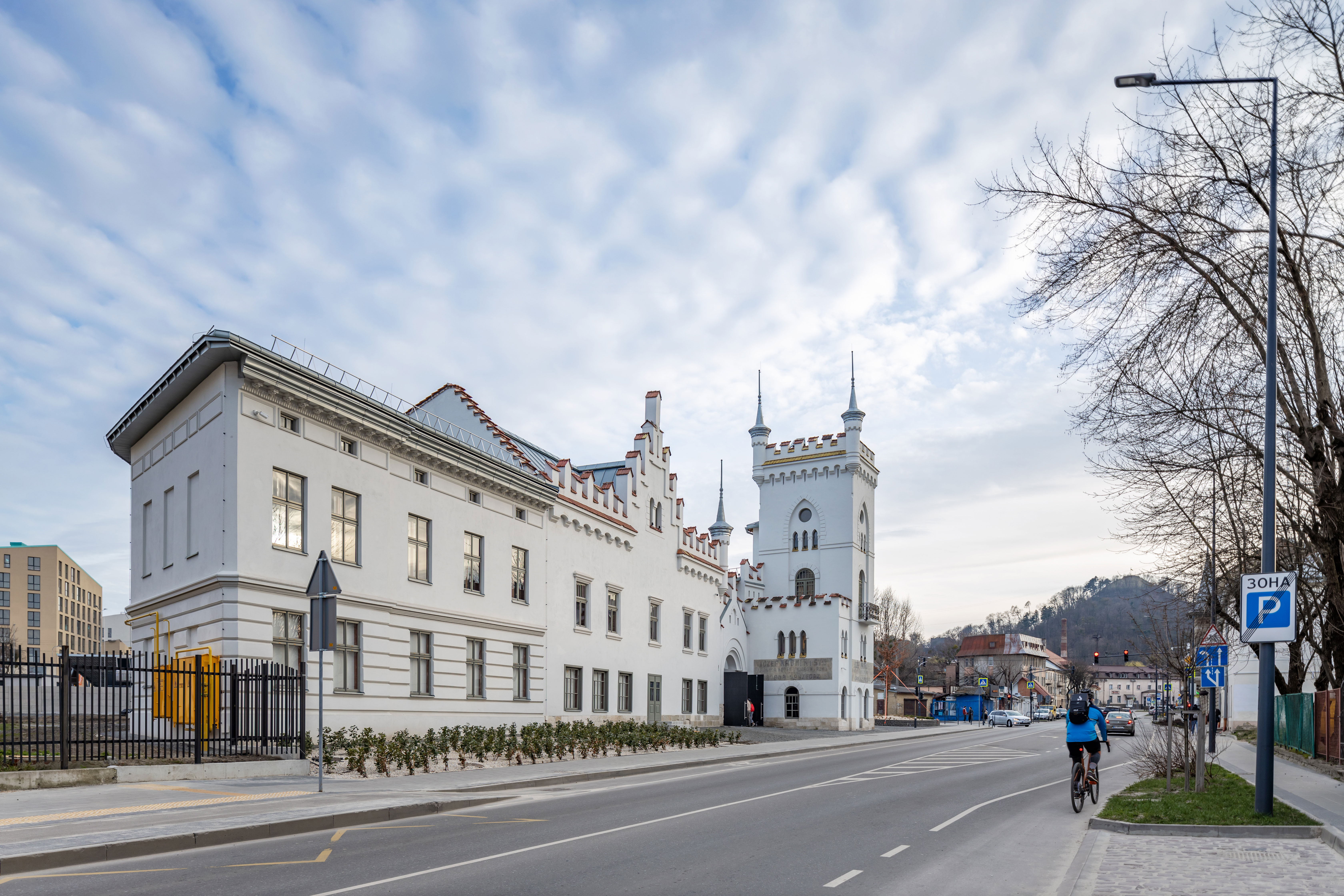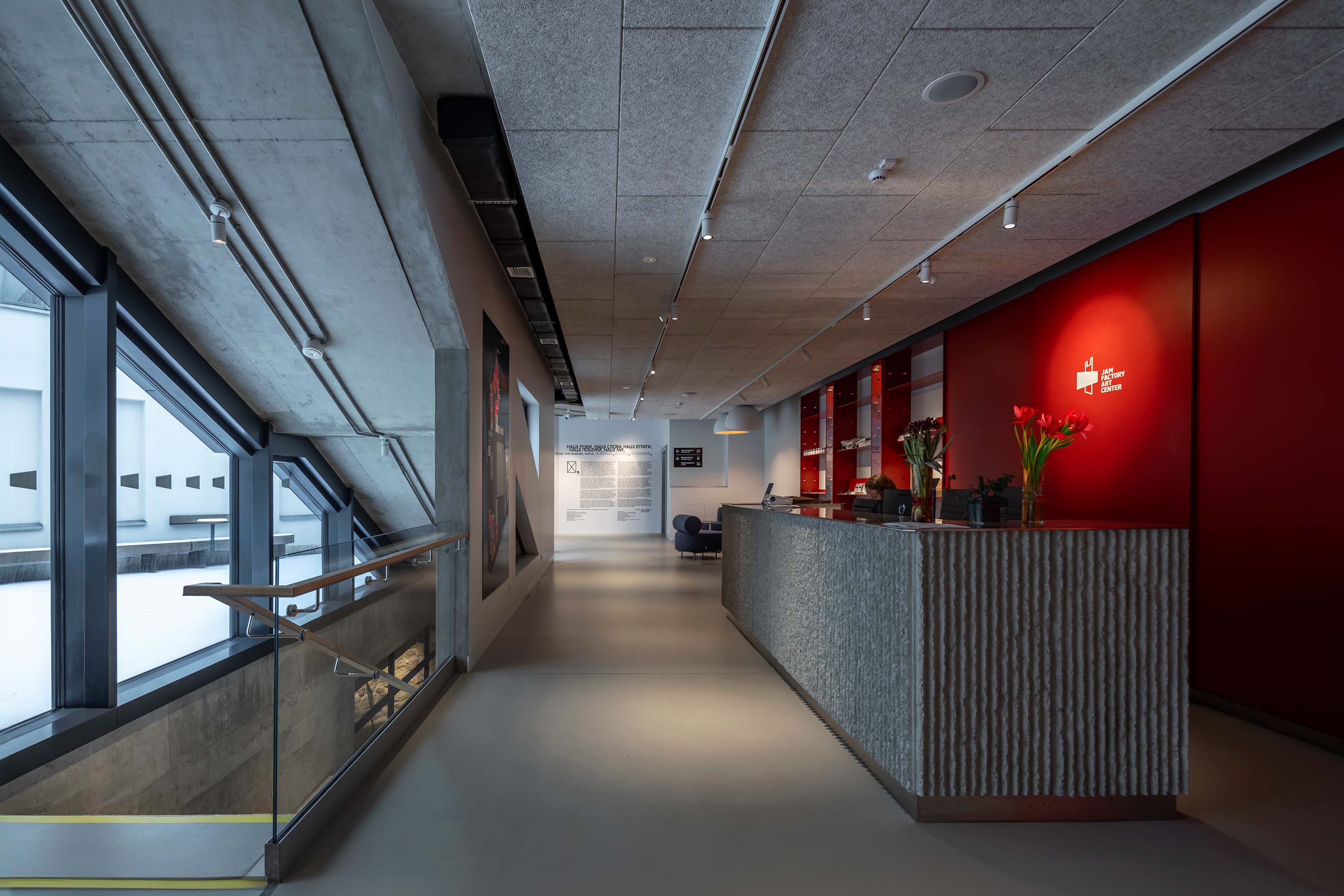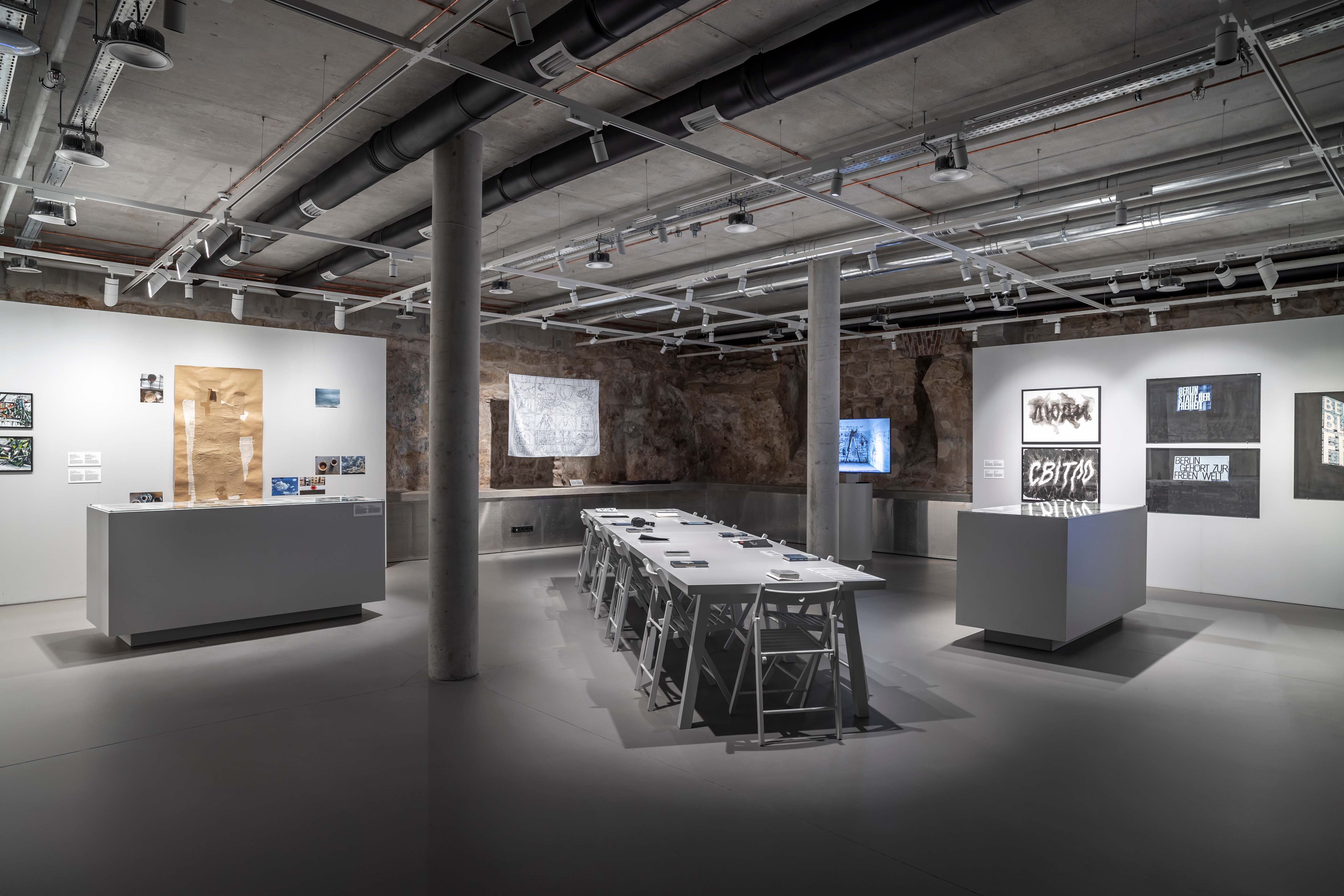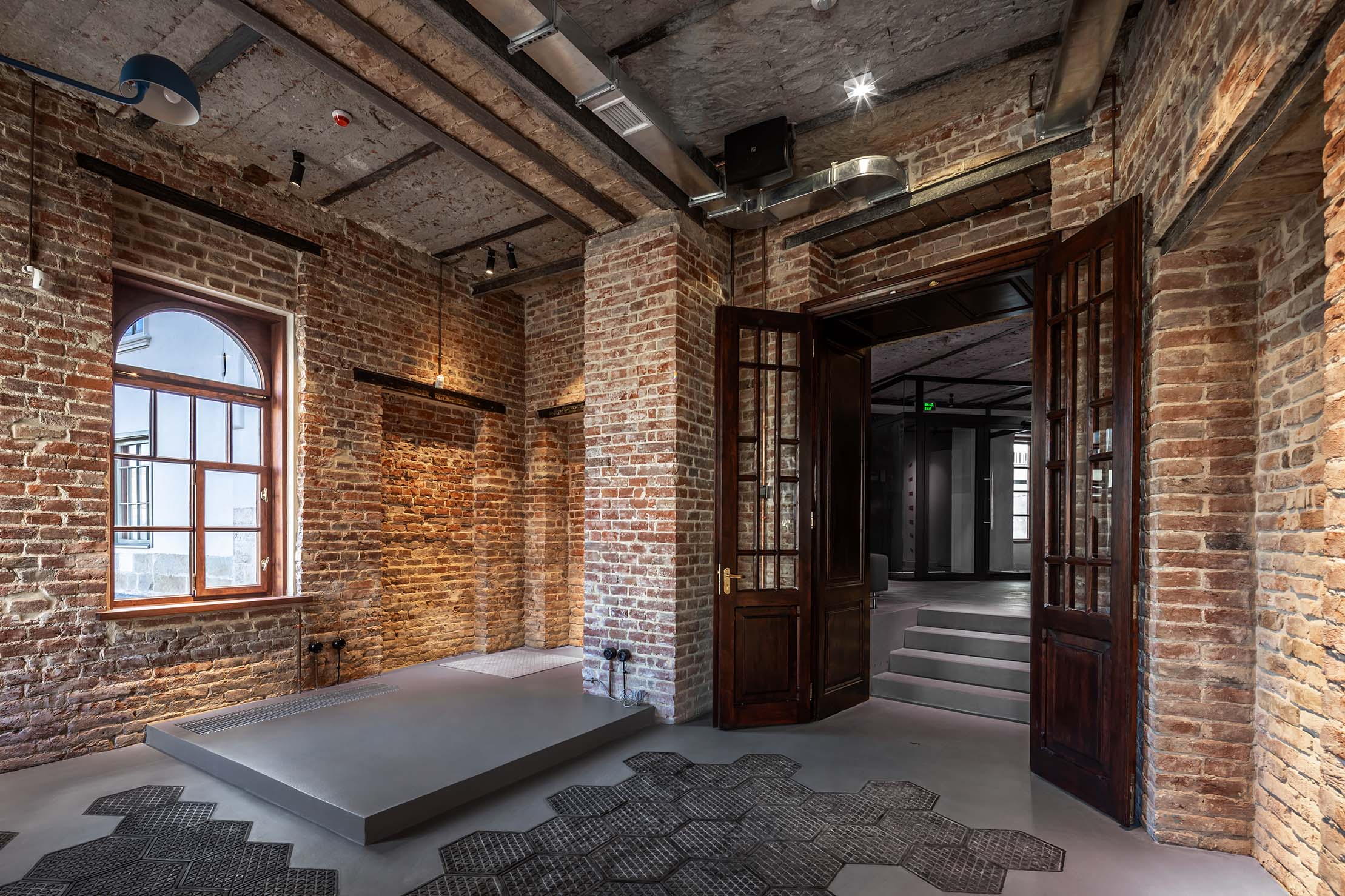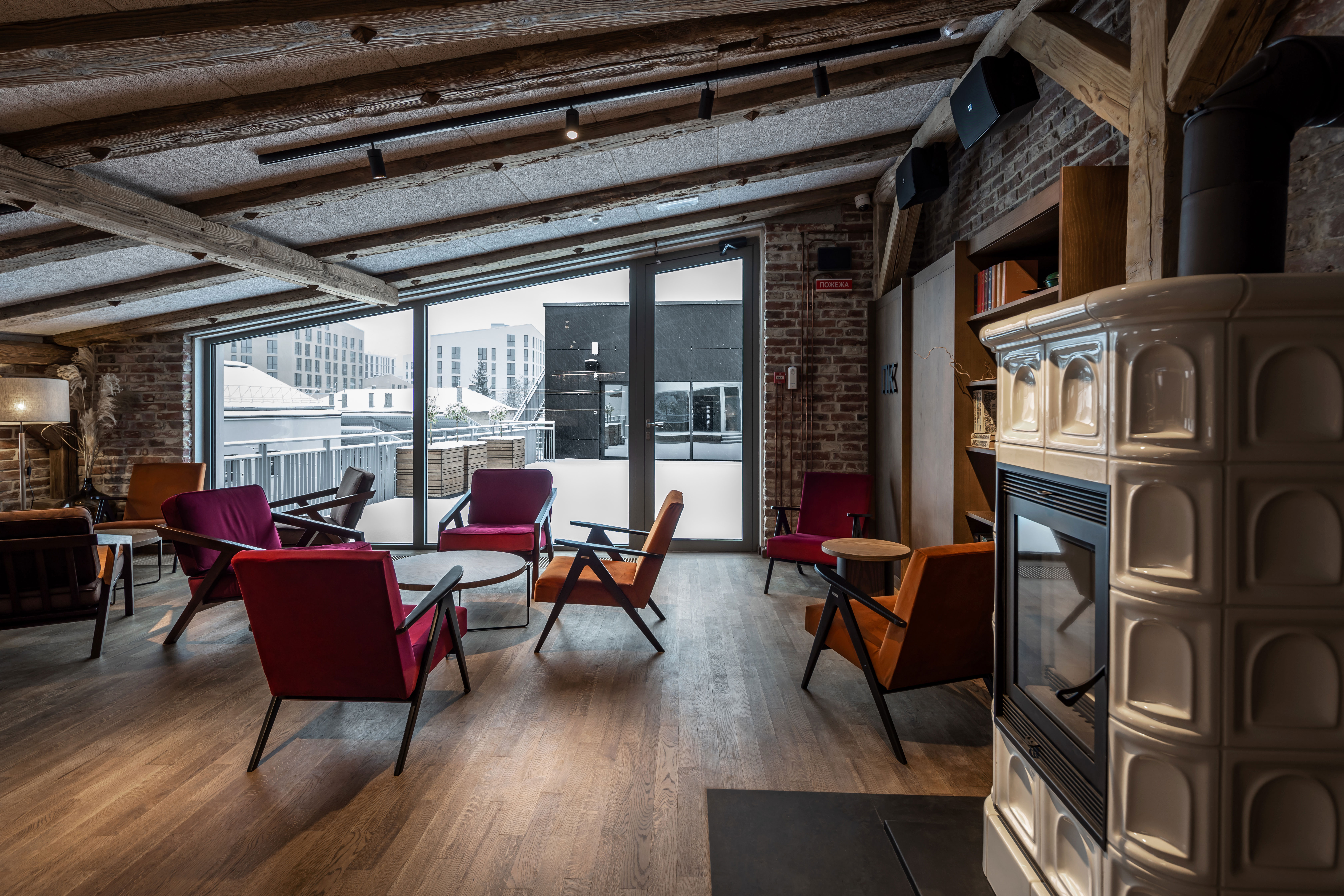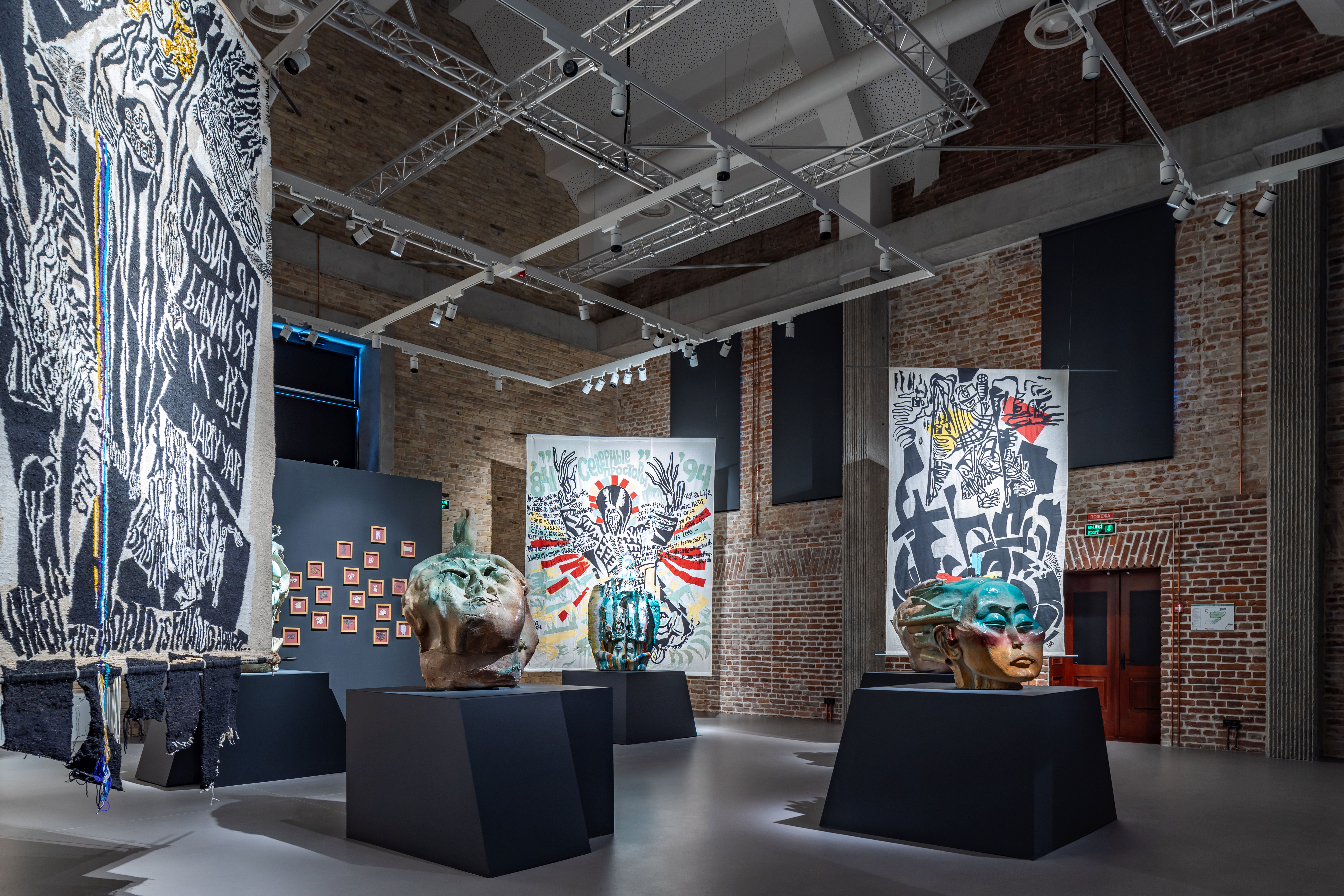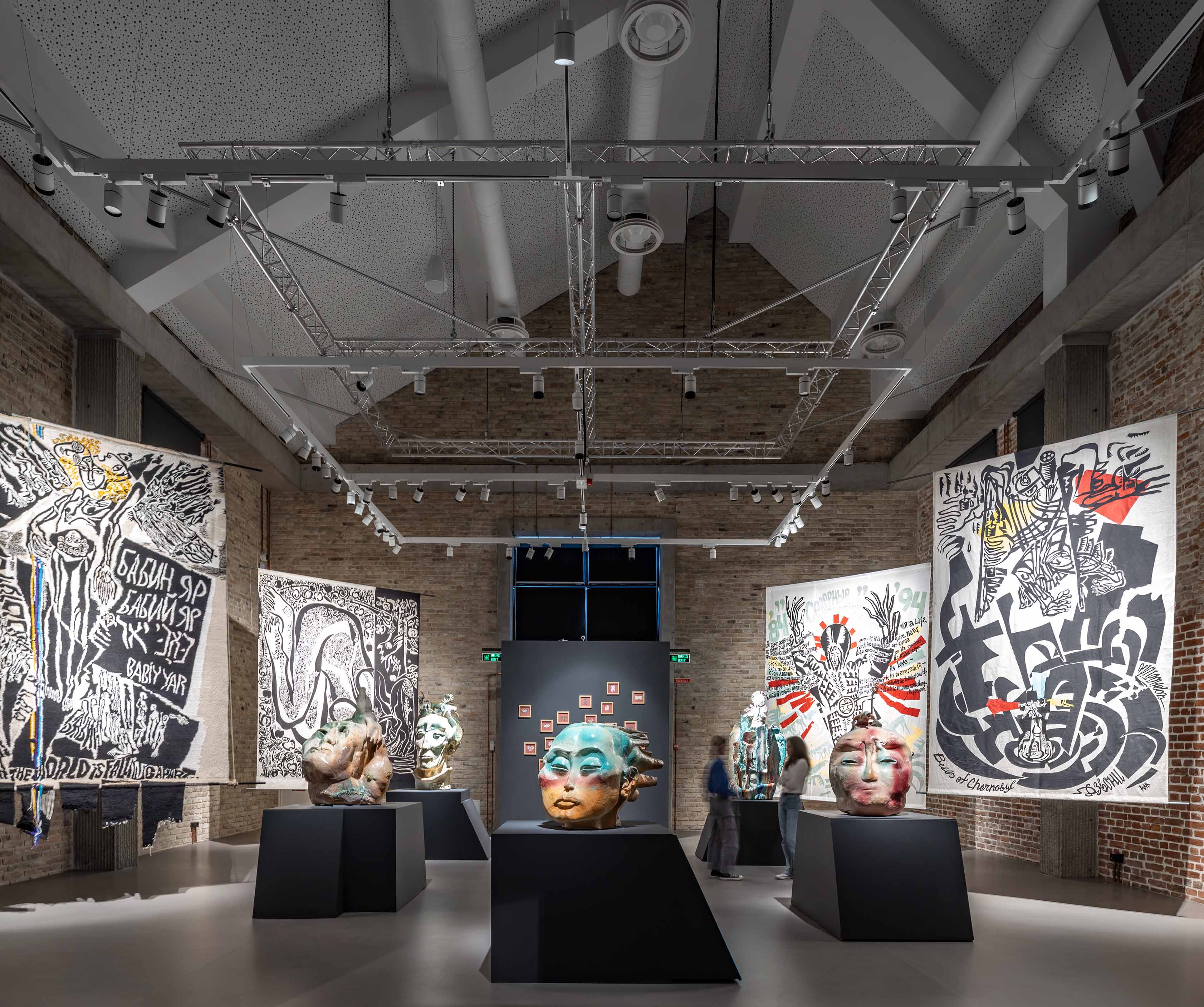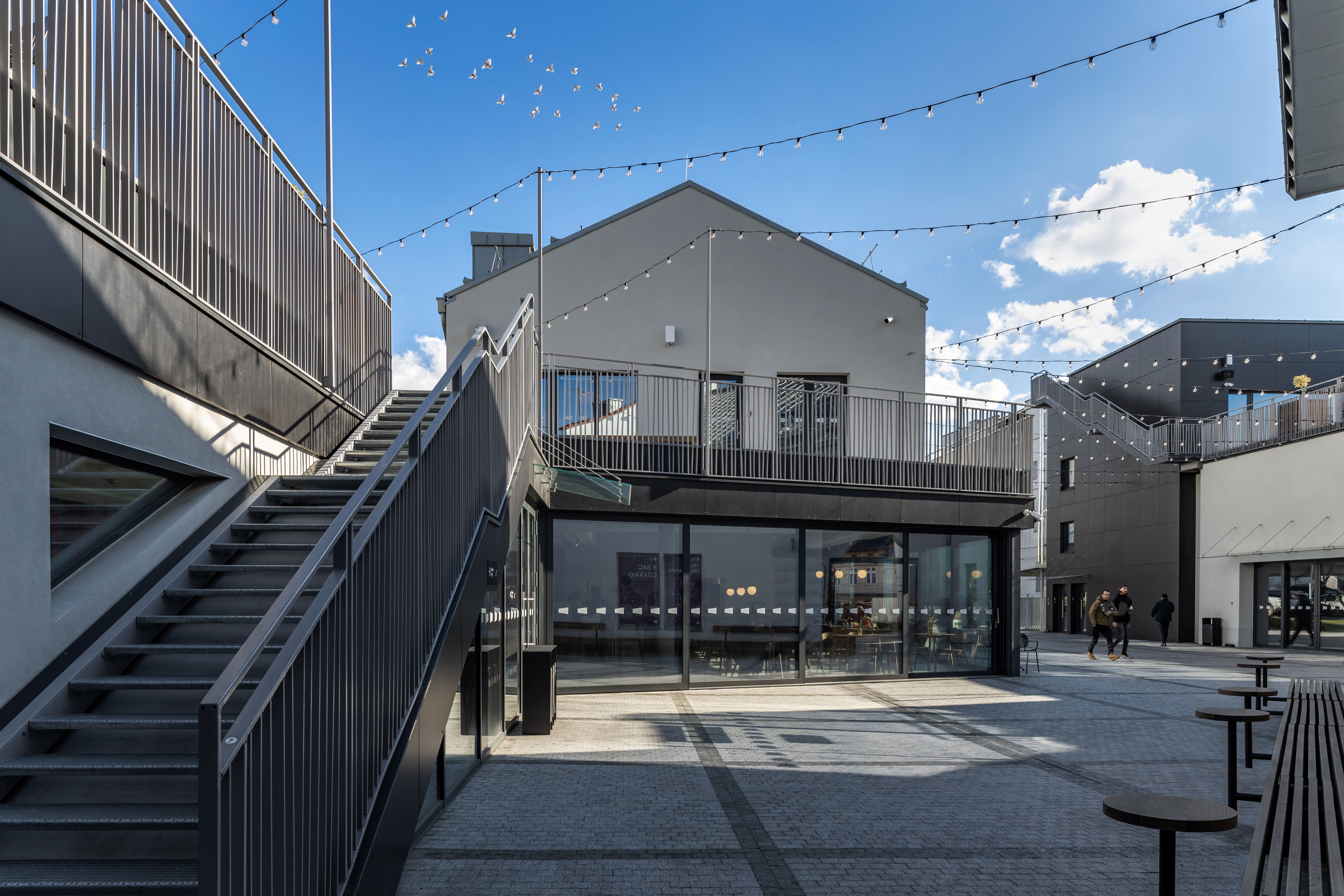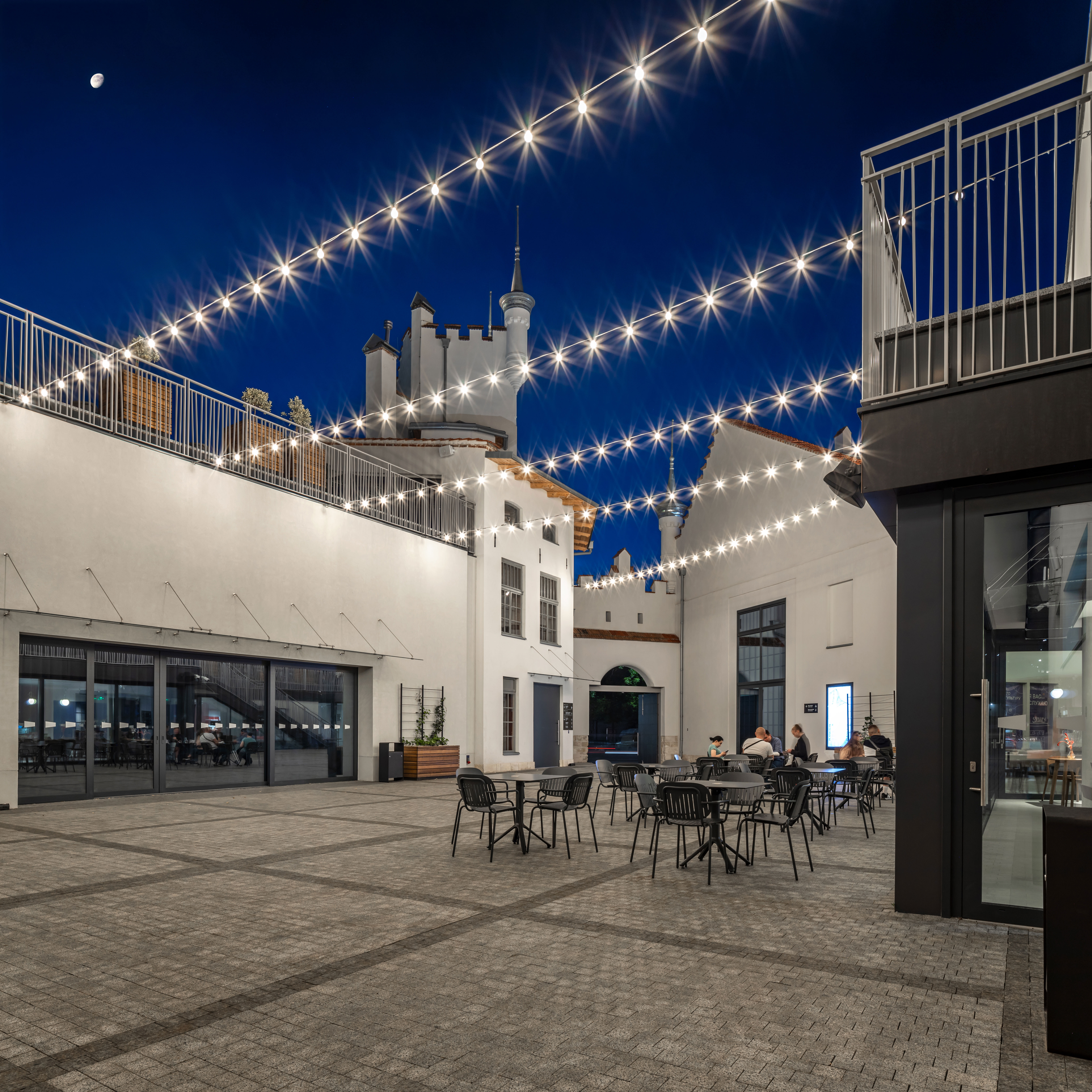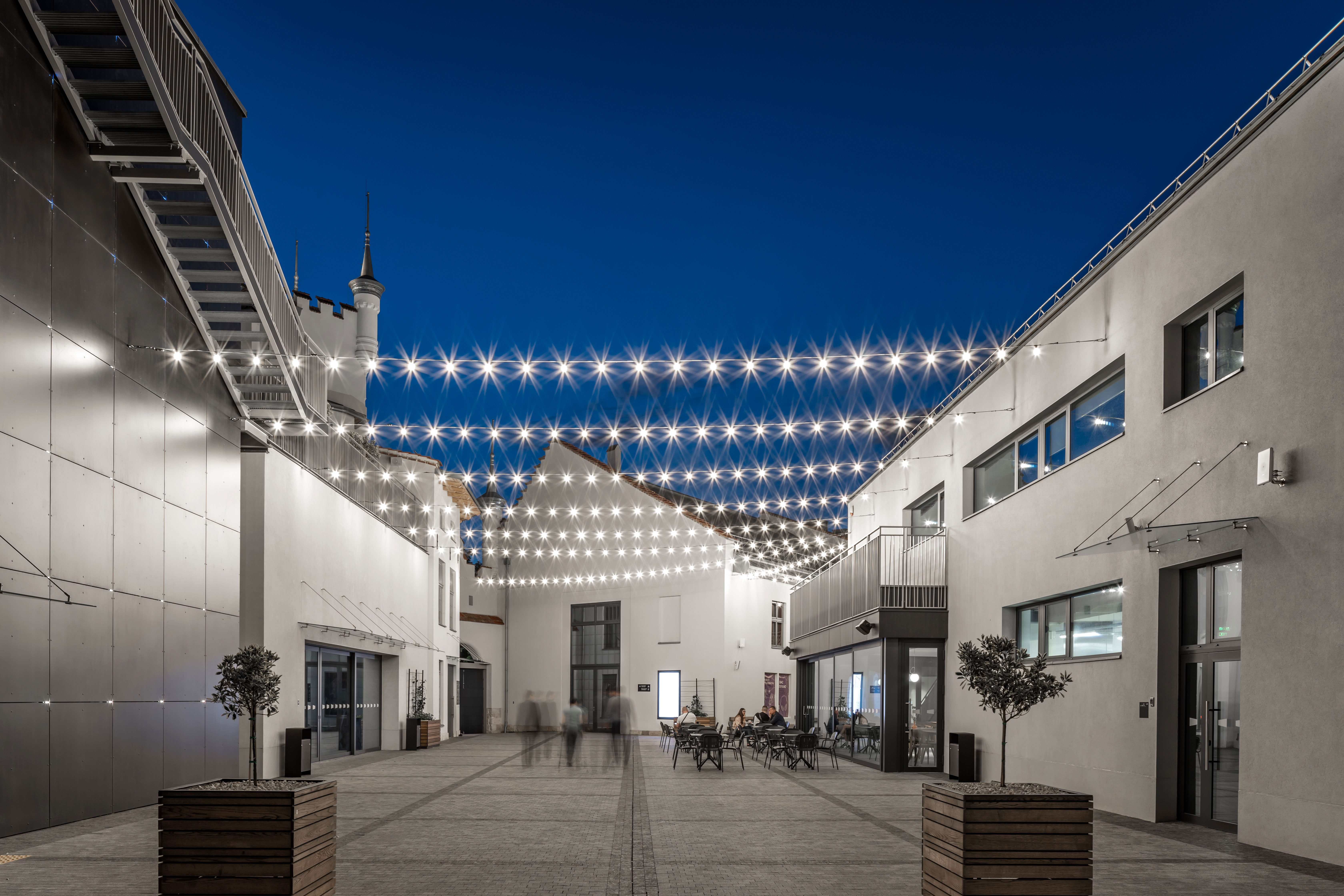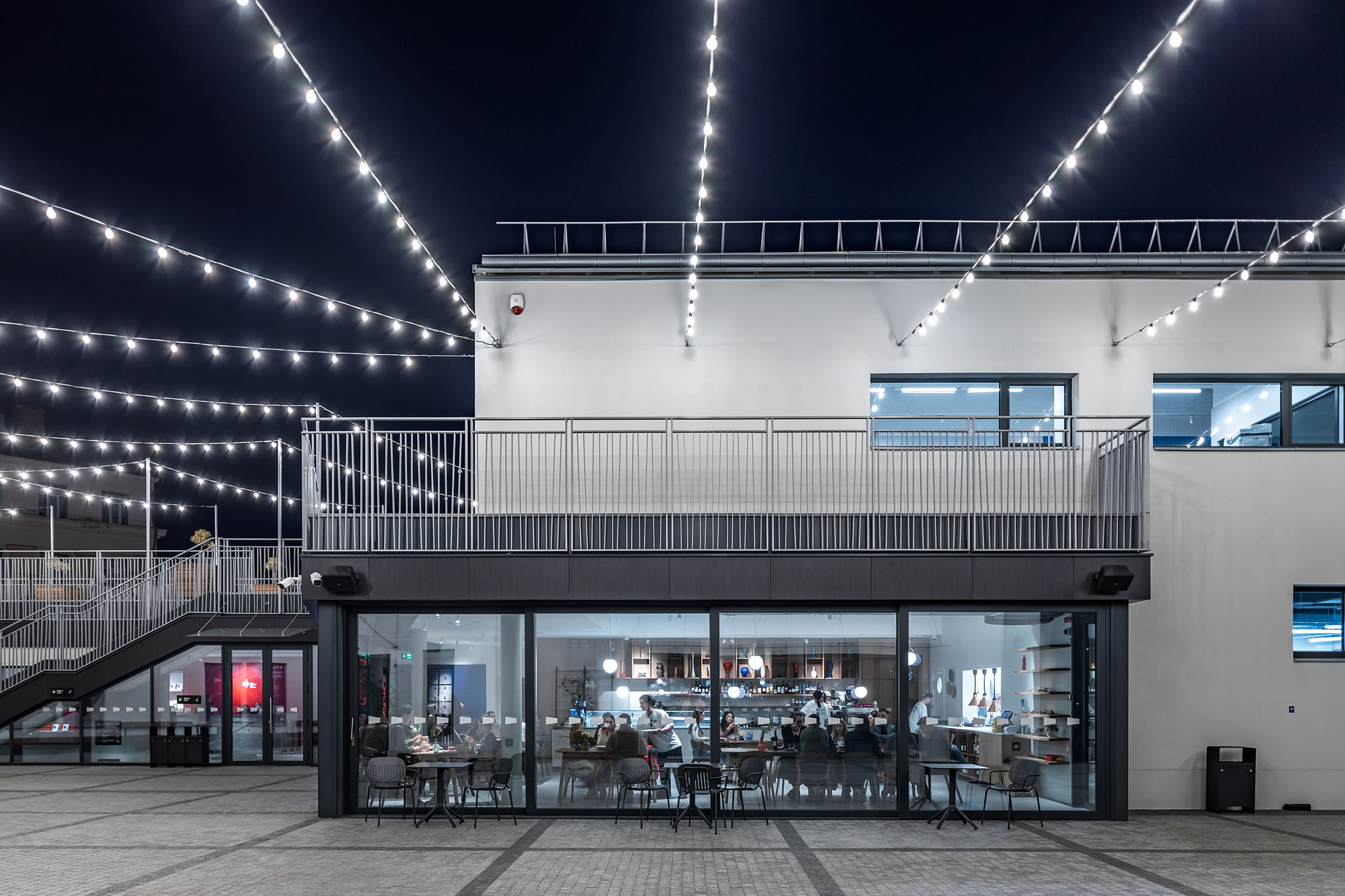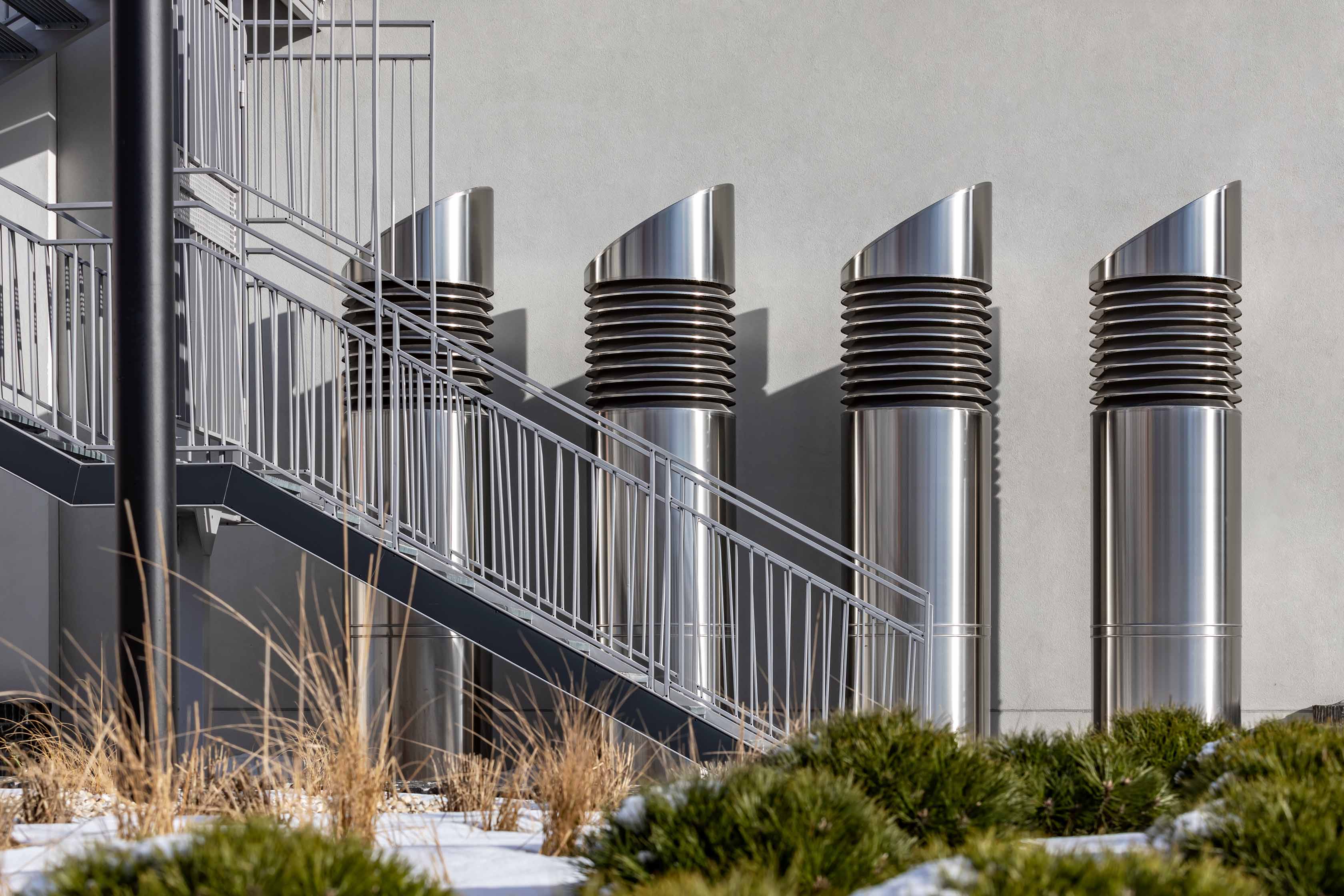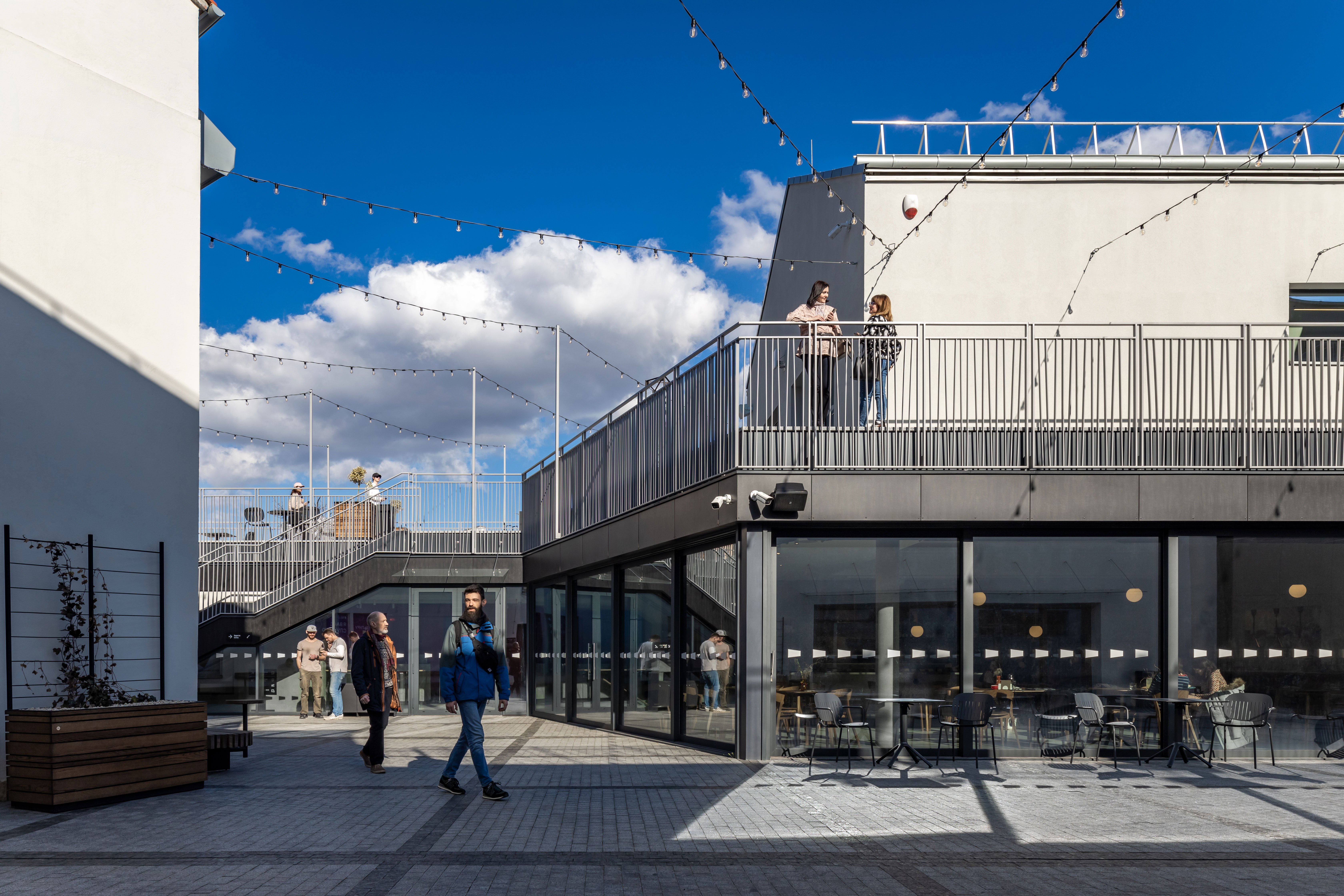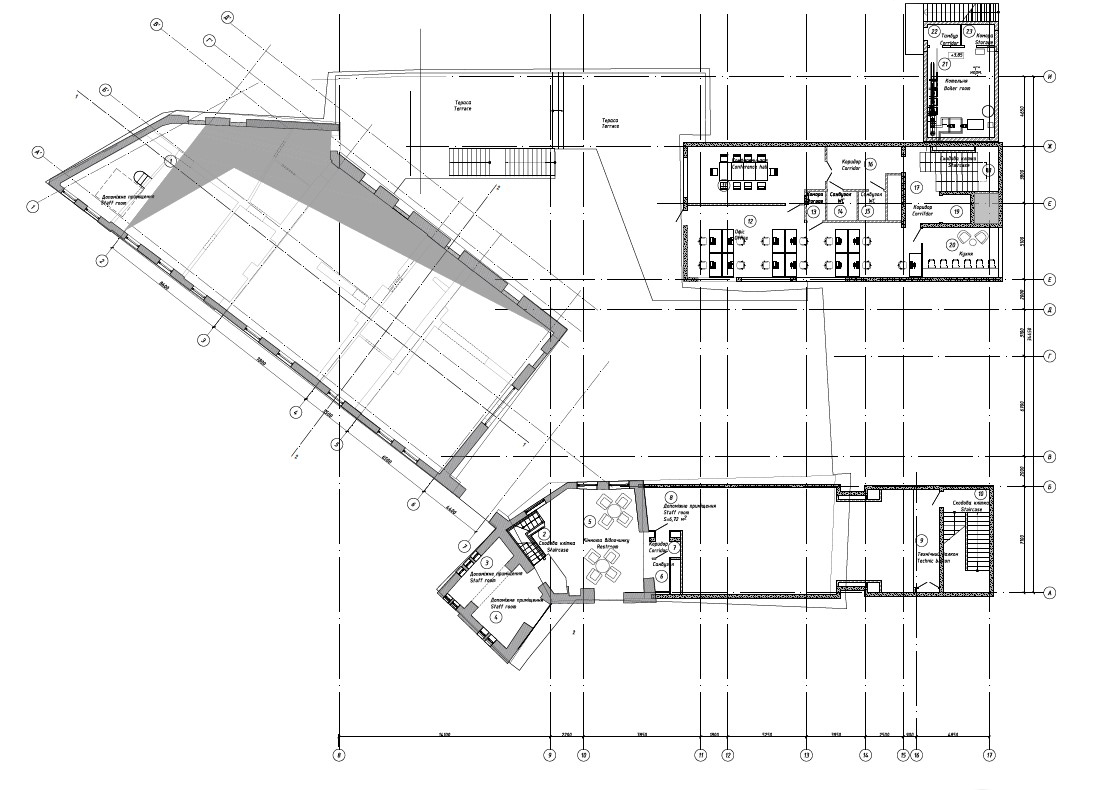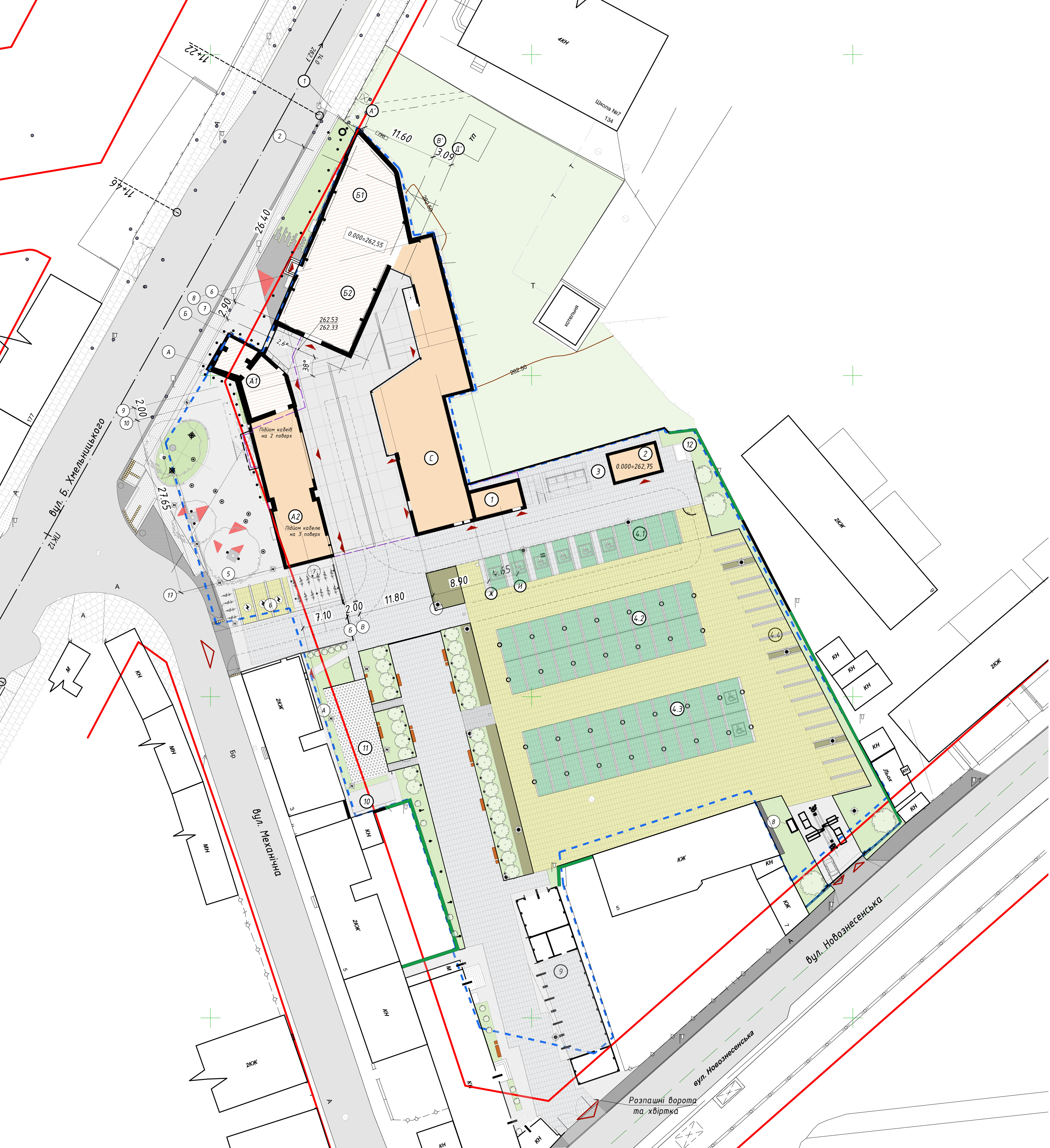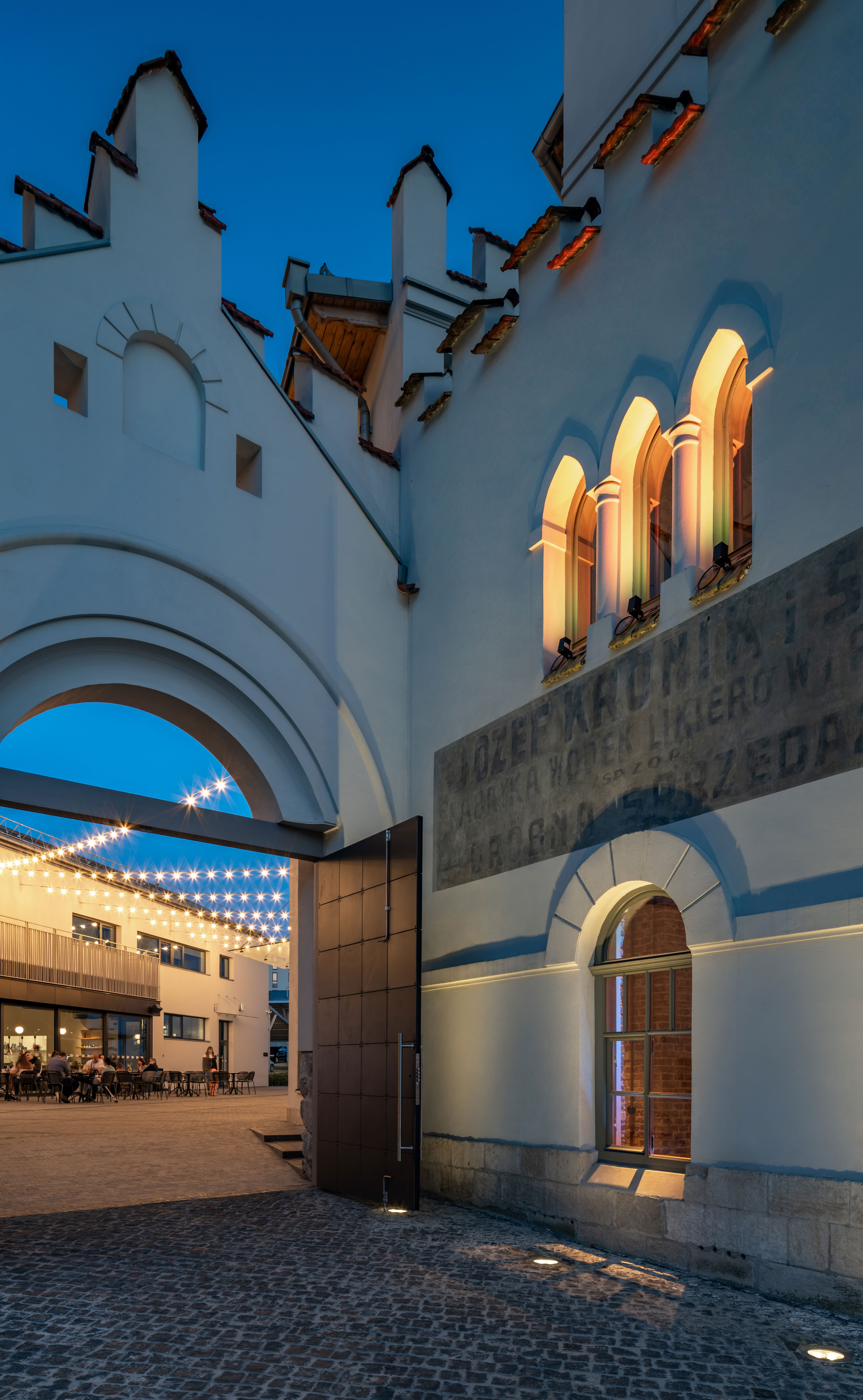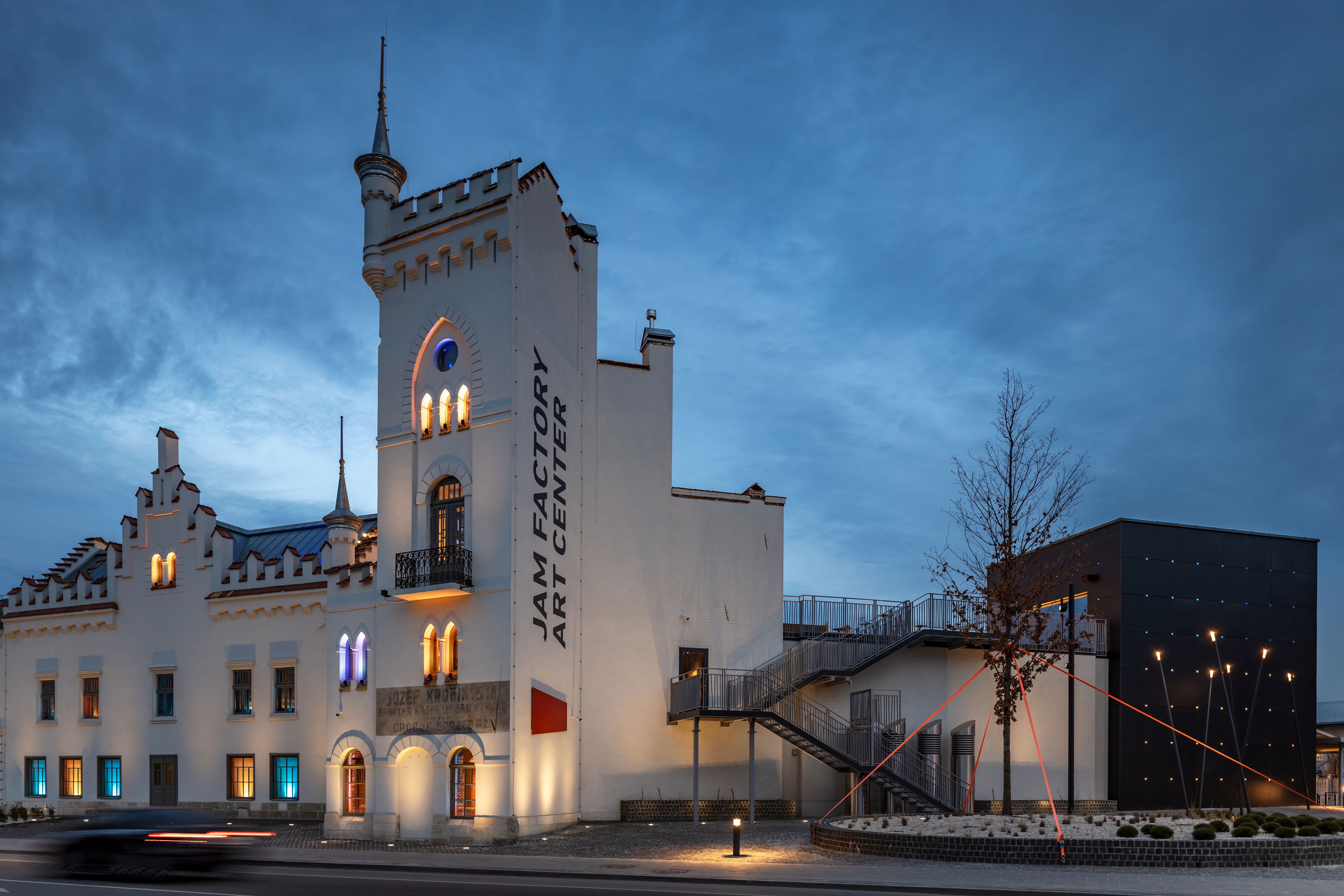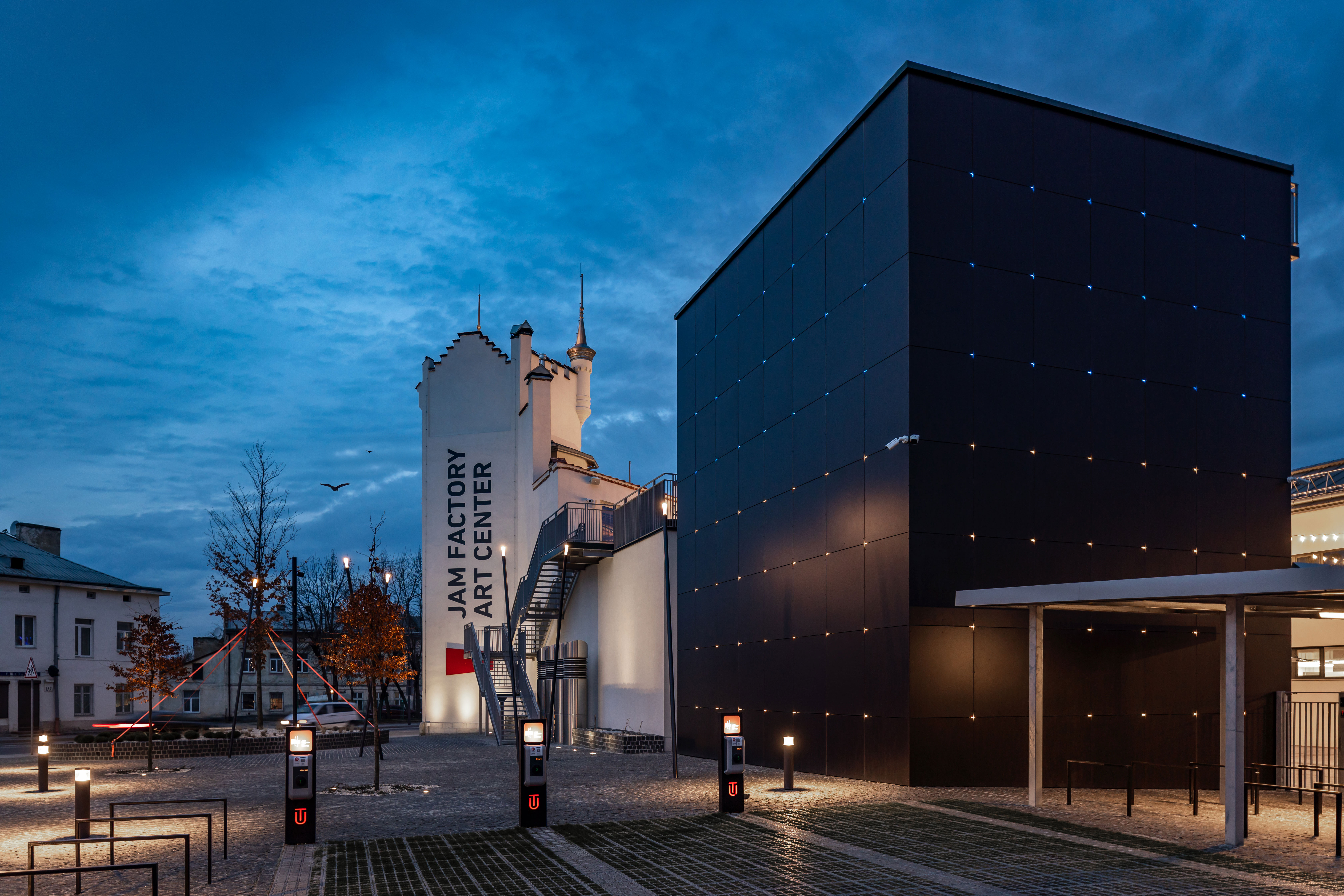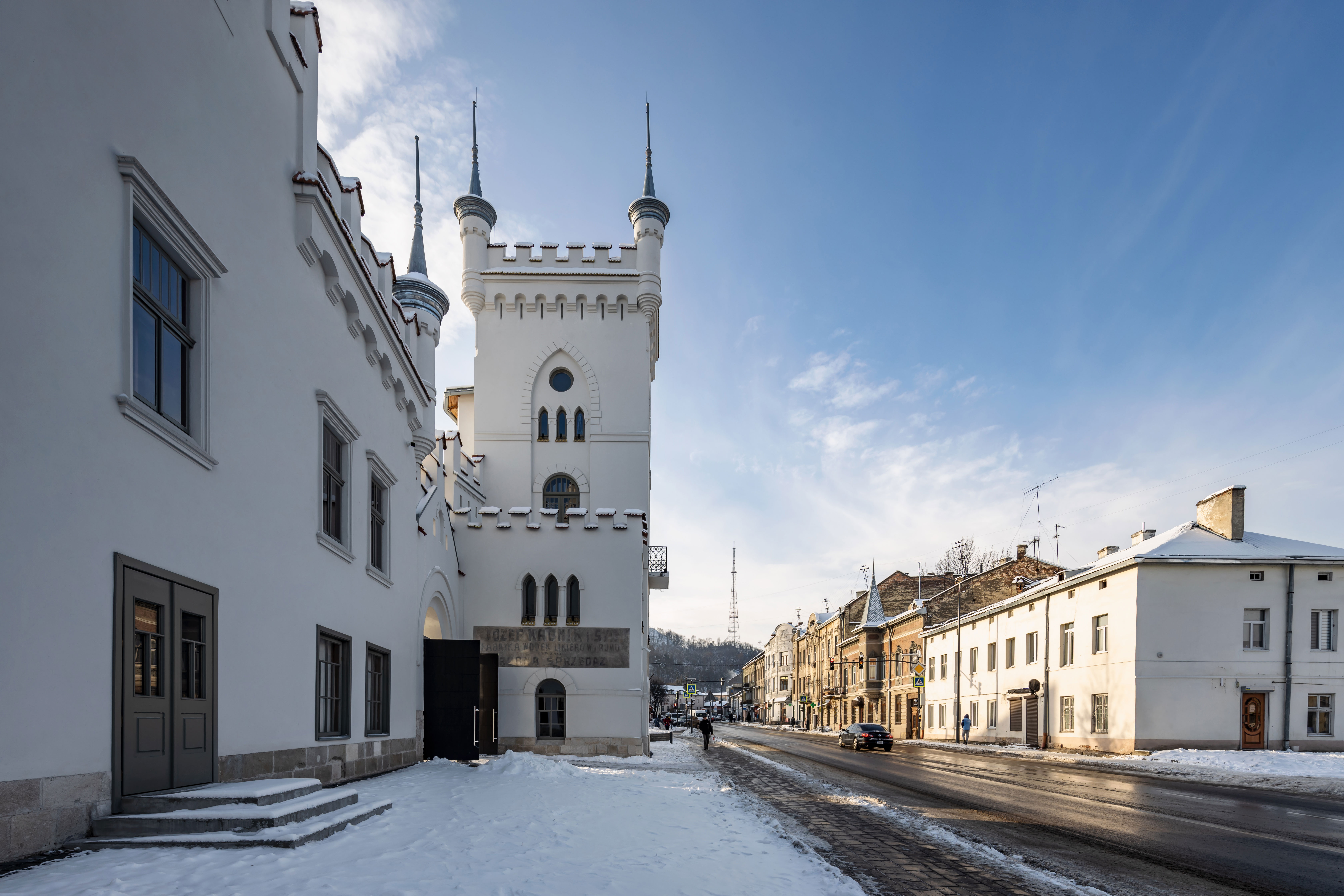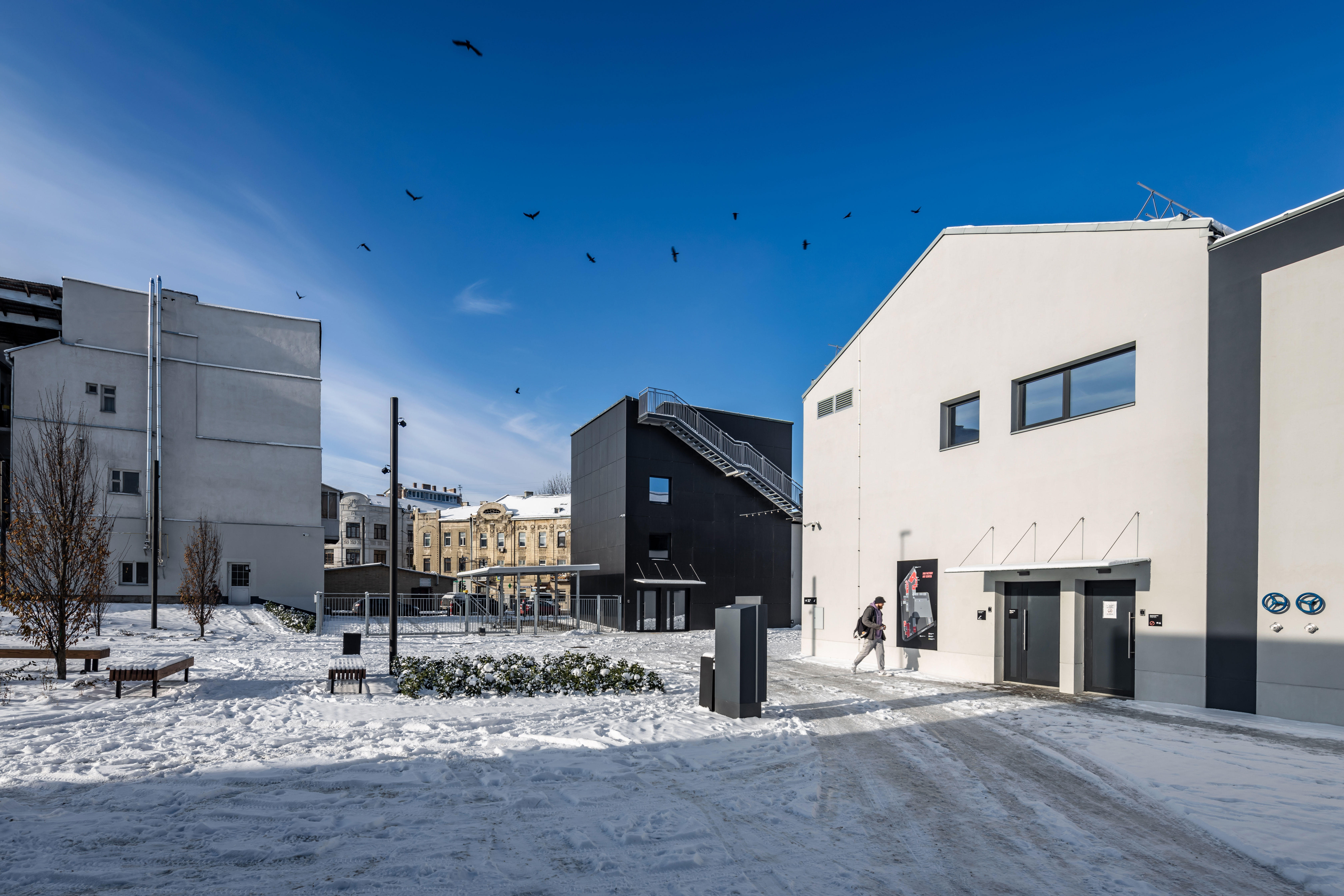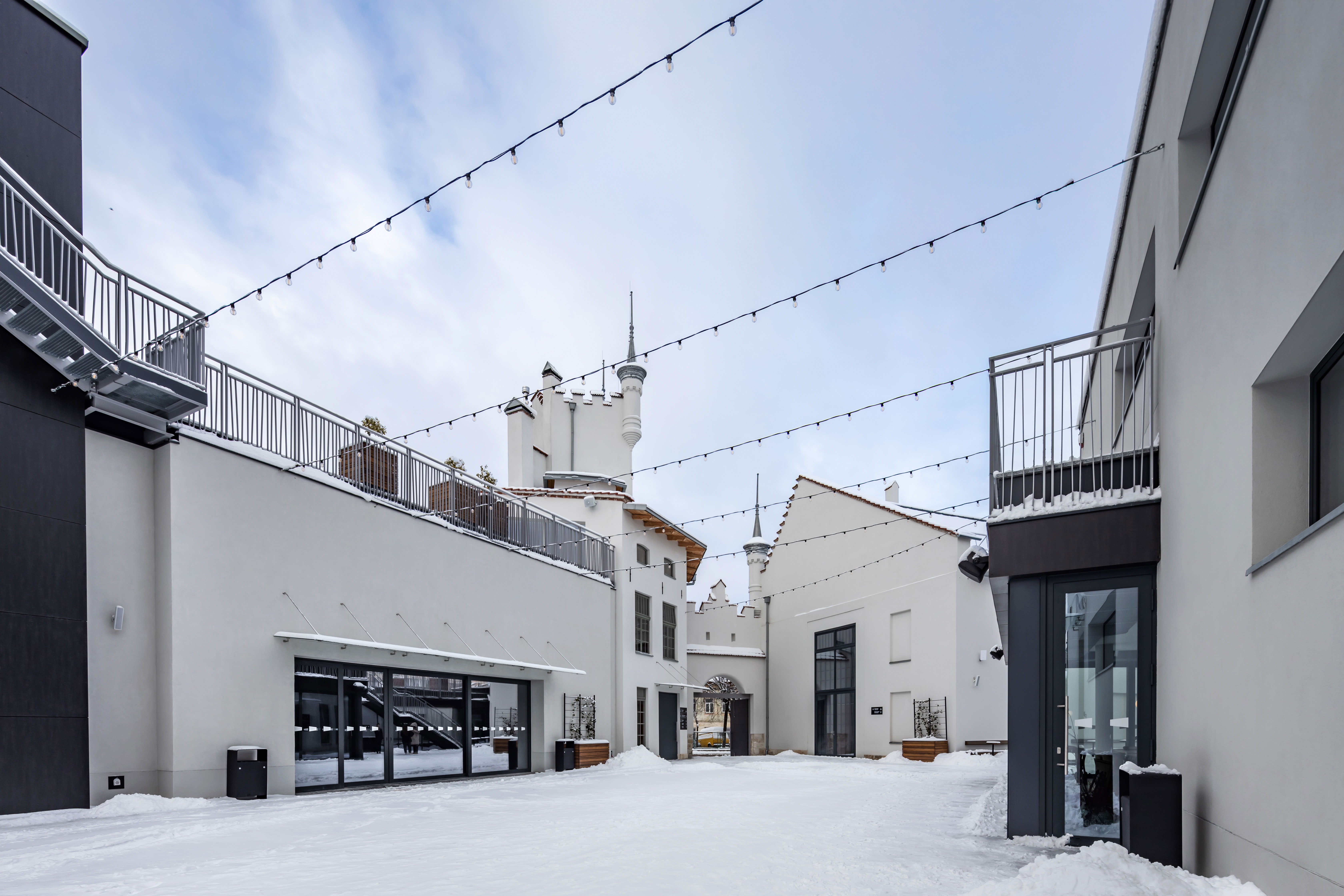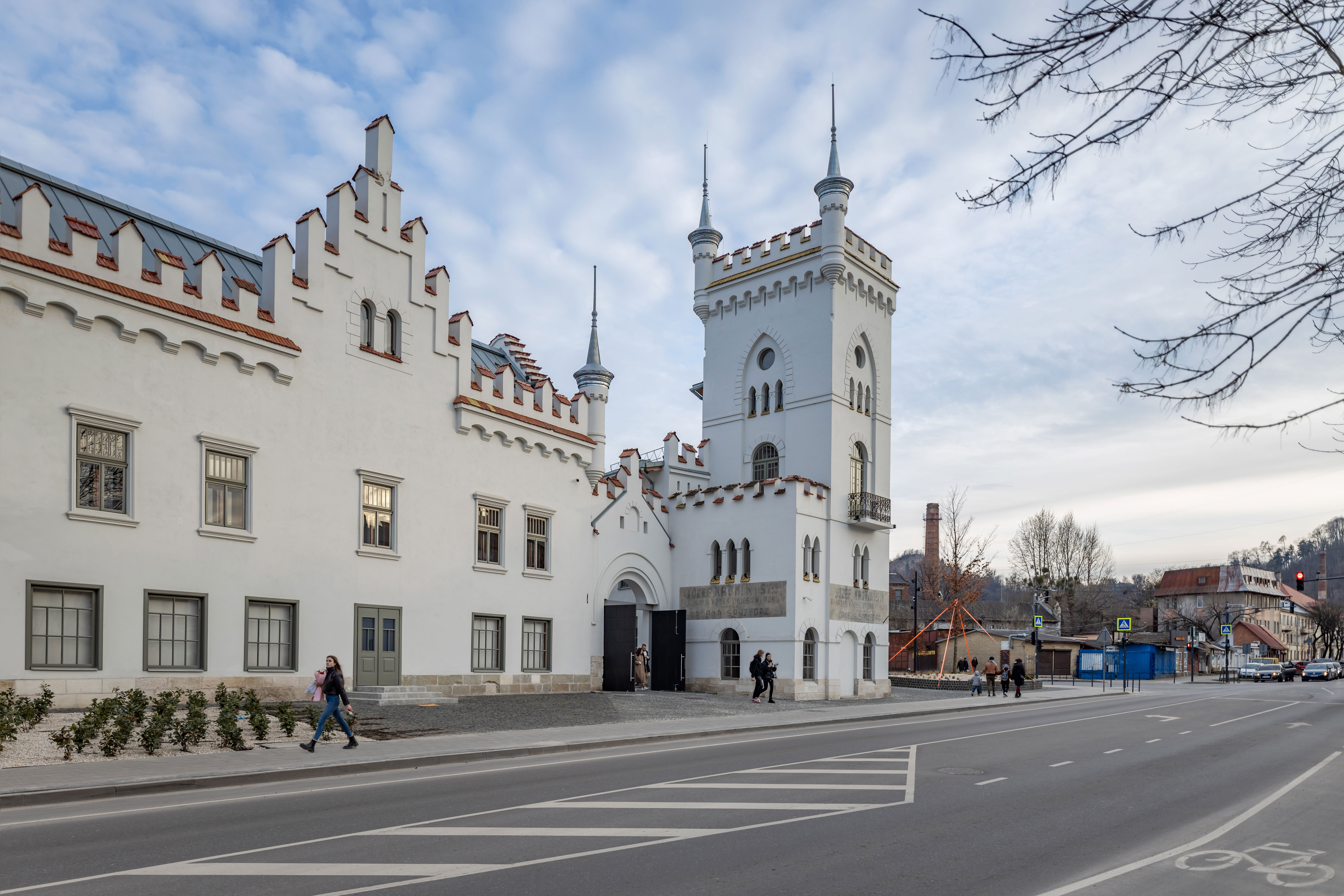Jam Factory Art Center is a contemporary art center in Lviv, located in a restored building of a former jam factory. The institution hosts exhibitions, theater and music events, educational programs, concerts, and performances.
The history of this place dates back to 1826, and its industrial chapter began in 1872 with the opening of the Josef Kronik & Son distillery. After a fire, the building was rebuilt in Neo-Gothic style shortly before World War I. In the 1950s, under Soviet rule, the factory was repurposed for wine production, and in the 1970s it became a jam factory, operating until the early 21st century. In 2015, the building was acquired by Harald Binder Cultural Enterprises to establish a cultural center. Despite wars, the Holocaust, and full-scale invasion, the site has preserved historical traces that reflect Lviv’s collective memory.
The total area of the Jam Factory Art Center is about 3,090 m². It features five exhibition halls, a summer concert venue, workshop spaces, an interactive zone, and a walking area. The center is located in Pidzamche, a former industrial hub that declined after the factory closures of the 1990s. The art center aims to spark new life in the district and attract residents from across Lviv.
At the end of 2015, the building’s owner initiated a closed architectural competition for the future art center. The winning proposal came from Austrian firm Atelier Stefan Rindler, developed in collaboration with Herbert Pasternak, the factory’s technical director.
Following the competition, the Jam Factory team selected AVR Development as the local partner responsible for developing the detailed revitalization project for the factory and surrounding area.
The historic structure of the former Josef Kronik and Son distillery was preserved, while various spaces were adapted for cultural use. The Neo-Gothic tower, likely a private residence built around 1910, now houses relaxation areas, a small exhibition, and a shop. Former production and administrative areas have been transformed into zones for exhibitions, theater, music, administration, and a café-restaurant.
Project Team:
- Vitalii Hanzha
- Kateryna Kovalchuk
- Markiian Pakholchak
- Anatolii Bubriak
- Nataliia Zubrovska
- Volodymyr Yosypchuk
- Anastasiia Kyrpychnyk
- Eugene Dolia

